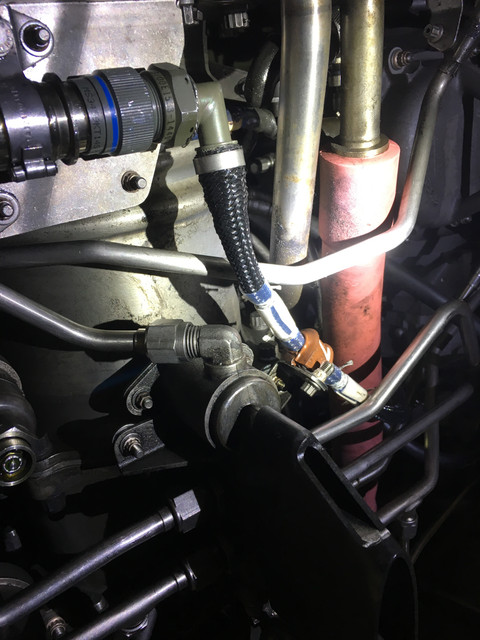No love for proper crimps? I'm talking about properly sized splices with the right crimper of course. Don't all of the wires in the our cars end in crimped terminals anyway?
I'm a fan of environmental splices myself, coming from an aircraft electrician background, but if you don't have access to them it's not worth the investment if you won't be doing regular wire work. My current job will sell employees the splices at their cost so I'm lucky there, and I bought the crimper many years ago.
I suspect most people considering wire taps don't have the tools and/or experience to make good reliable solder joints. I would recommend solder sleeves for these folks. Minimizes risk of solder wicking into the wire creating brittleness, environmentally sealed (not important for interior work), visible connection, and the sleeve provides stress relief (could add heat shrink over top if worried). They are also inexpensive and only require a heat gun and wire strippers.
Decent link here (up to the electrical tape part, which I would not recommend):
https://conceptzperformance.com/blog/solder-sleeves-and-injector-harnesses/

